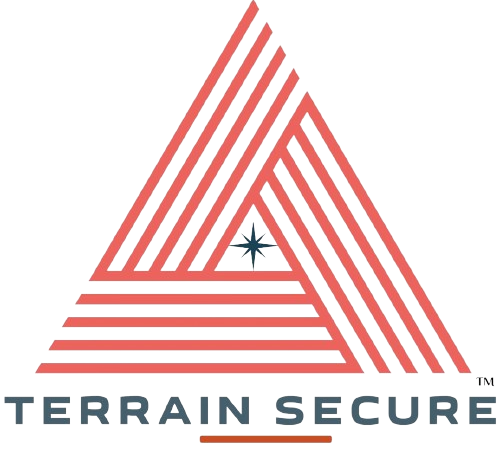RFID TAG
RFID TAG
1. Introduction
Overview: RFID tags use radio frequency to wirelessly arm and disarm the Security alarm system.
Target Audience: Ideal for business, residential, offices, stores.
2. Key Features
- RFID Technology: Operates using radio frequency to transmit data between the tag and reader without physical contact.
- Types of RFID Tags: Available in passive, active, and semi-passive variants, each suited for different applications and environments.
- Read Range: Offers varying read ranges depending on tag type — from a few centimeters to several meters.
- Data Capacity: Stores essential data such as item ID, product information, or access credentials depending on the model.
- Durability: Built to withstand harsh environments, including extreme temperatures, moisture, and physical stress.


3. Benefits
- Efficiency: Enhance Efficiency in access control (system Arm and Disarm).
- Accuracy: Provides precise identification and tracking of items or personnel.
- Security: Improves security through controlled access and reliable authentication.
- Automation: Enables automated inventory updates and real-time access logging.
